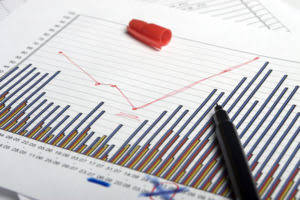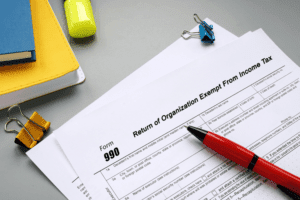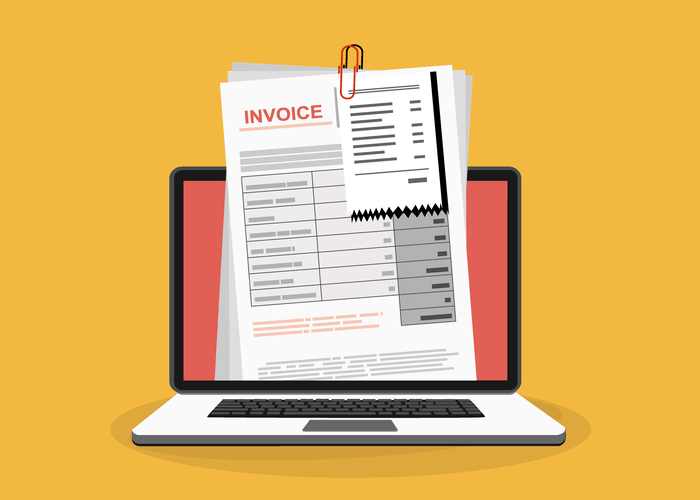
This schedule allows a firm to track its long-term assets and analyze the depreciation over time. You may conclude saying that it’s a description of the assets you purchase, it’s purchase date, cost, it’s useful life and its salvage value. To prove that you own the fixed assets, you’ll need to own enough documentation, like title documentation or contracts, purchase receipts, and others as proof. Along with that, to track each asset, you will also need to create a depreciation schedule. The salvage value of an asset is the resale value that you can estimate by the end of the asset’s useful life. To calculate the cost of an asset that will depreciate, you can take the cost of the fixed asset and then minus the salvage value.
- Your basic depreciation rate is the rate at which an asset depreciates using the straight line method.
- However, a new business brings the responsibility of managing the fundamental and technical aspects of marketing, finance, etc.
- This formula works for each year you are depreciating an asset, except for the last year of an asset’s useful life.
- So, in the first year, the company would record a depreciation expense of $4,000.
- A double-declining balance depreciation method is an accelerated depreciation method that can be used to depreciate the asset’s value over the useful life.
What Is the Double Declining Balance Depreciation Method?

It’s ideal for machinery and vehicles where wear and tear are more closely linked to how much they’re used rather than time alone. Calculate it by dividing the total cost minus salvage value by the estimated total units the asset will produce or hours it will operate over its life. Multiply this rate https://www.bookstime.com/ by the actual units produced or hours operated each year to get your depreciation expense. Here, you divide the cost of the asset minus its salvage value by the number of years it’s expected to be useful. For example, if you buy a piece of equipment for $10,000 and expect it to last 10 years with no salvage value, you’ll charge $1,000 to depreciation each year.

Ask Any Financial Question
Our team of reviewers are established professionals with decades of experience in areas of personal finance and hold many advanced degrees and certifications. At Finance Strategists, we partner with financial experts to ensure the accuracy of our financial content. For information pertaining to the registration status of 11 Financial, please contact the state securities regulators for those states in which 11 Financial maintains a registration filing. Thus, an increase in the cost of repairs of each subsequent year is compensated by a decrease in the amount of depreciation for each subsequent year. By contrast, the opposite is true when applying the straight-line method, the unit-of-production method, and the sum-of-the-years-digits method. Depreciation expense does double declining balance use salvage value under this method will be high in the beginning but decreases year on year.
Double-Declining Balance vs. The Straight-Line Method

Suppose you have a company car that costs $100,000, has a useful life of 10 years, and a salvage value of $10,000. Using the double declining balance method, the depreciation rate would be twice the straight-line rate, or 20%. DDB differs from the straight-line method as it accelerates depreciation, allowing larger expenses in the earlier years and smaller ones as the asset ages. Compared to the sum-of-the-years’ digits method, which also accelerates depreciation but less aggressively, DDB provides a more significant front-loading of depreciation expenses. This makes DDB ideal for assets that lose value quickly, while straight-line might be better for assets with a more uniform usage and value decline over time.

- In the final year, the asset will be further depreciated by $2000, ignoring the rate of depreciation.
- If, for example, an asset is purchased on 1 December and the financial statements are prepared on 31 December, the depreciation expense should only be charged for one month.
- This can be particularly useful for assets that lose their value quickly—think of tech gadgets that might be outdated in just a few years.
- Unlike the straight-line method, the double-declining method depreciates a higher portion of the asset’s cost in the early years and reduces the amount of expense charged in later years.
- It is a form of accelerated depreciation, which means that the asset depreciates at a faster rate than it would under a straight-line depreciation method.
- The drawback of not using depreciation in accounting also leads to an overstatement of assets and net income in the balance sheet and income statement respectively.
If you start writing off your asset early on, your tax obligation will reduce significantly. With every passing year, the income coming from that asset will also decrease. Assume that you’ve purchased a $100,000 asset that will be worth $10,000 at the end of its useful https://x.com/BooksTimeInc life.
